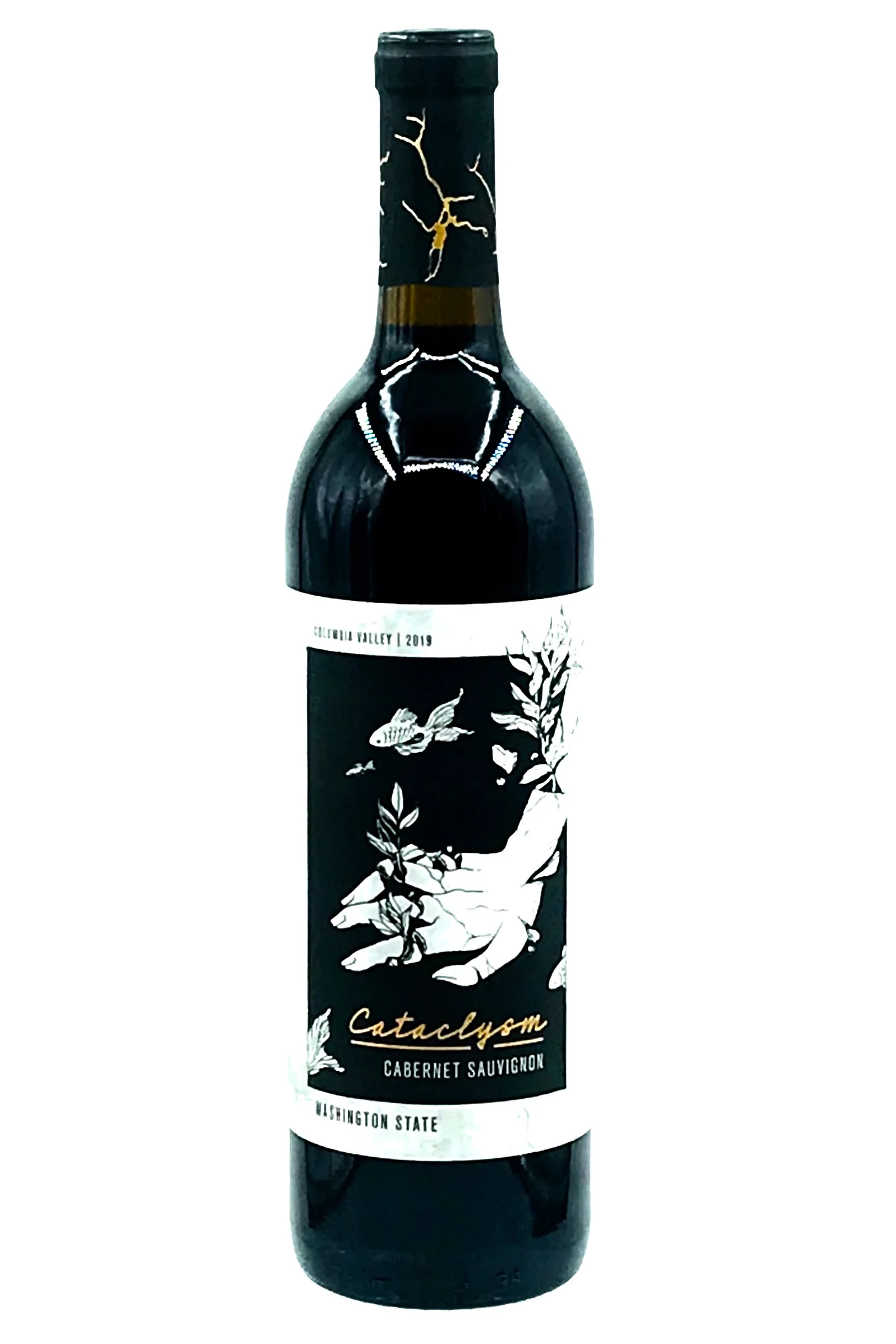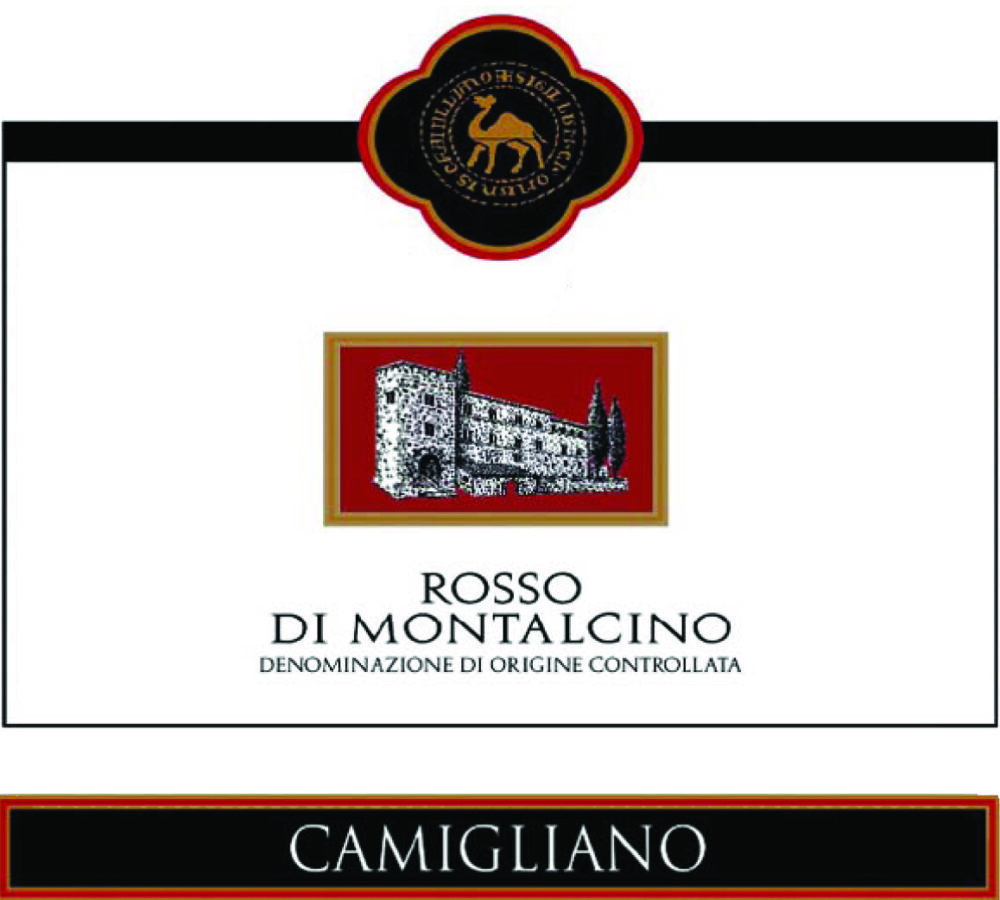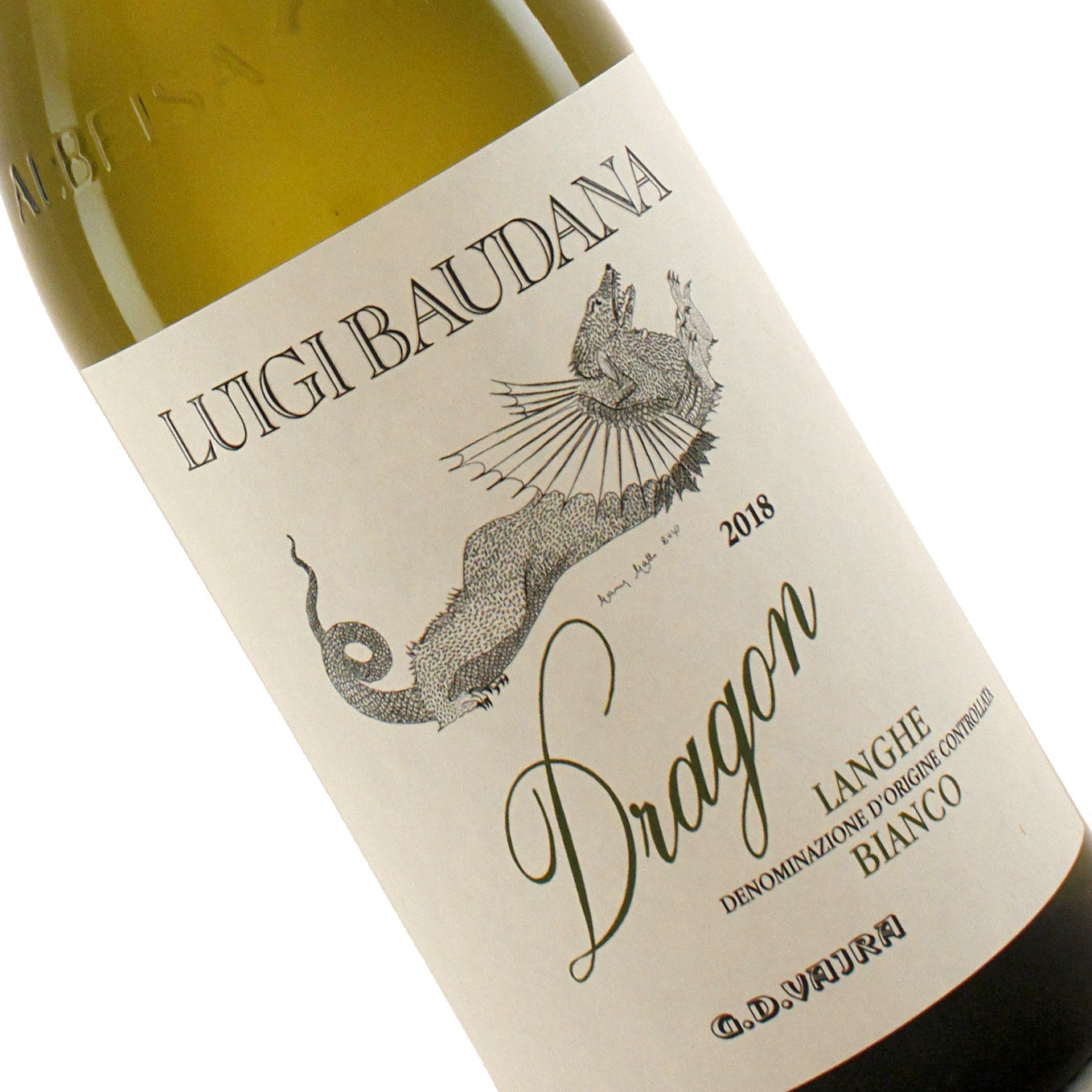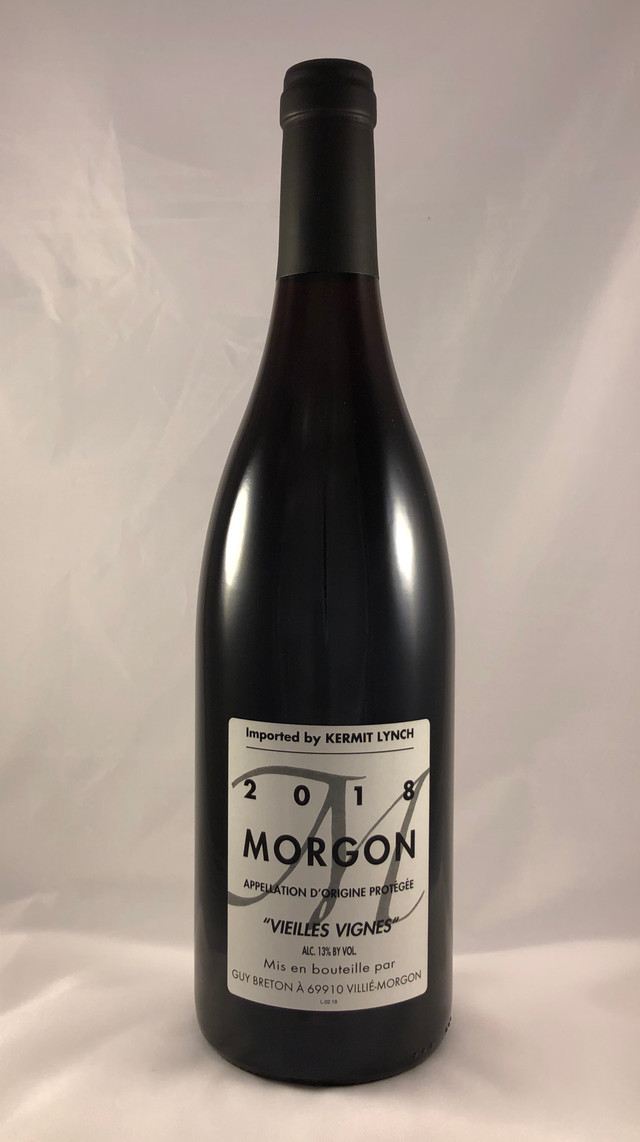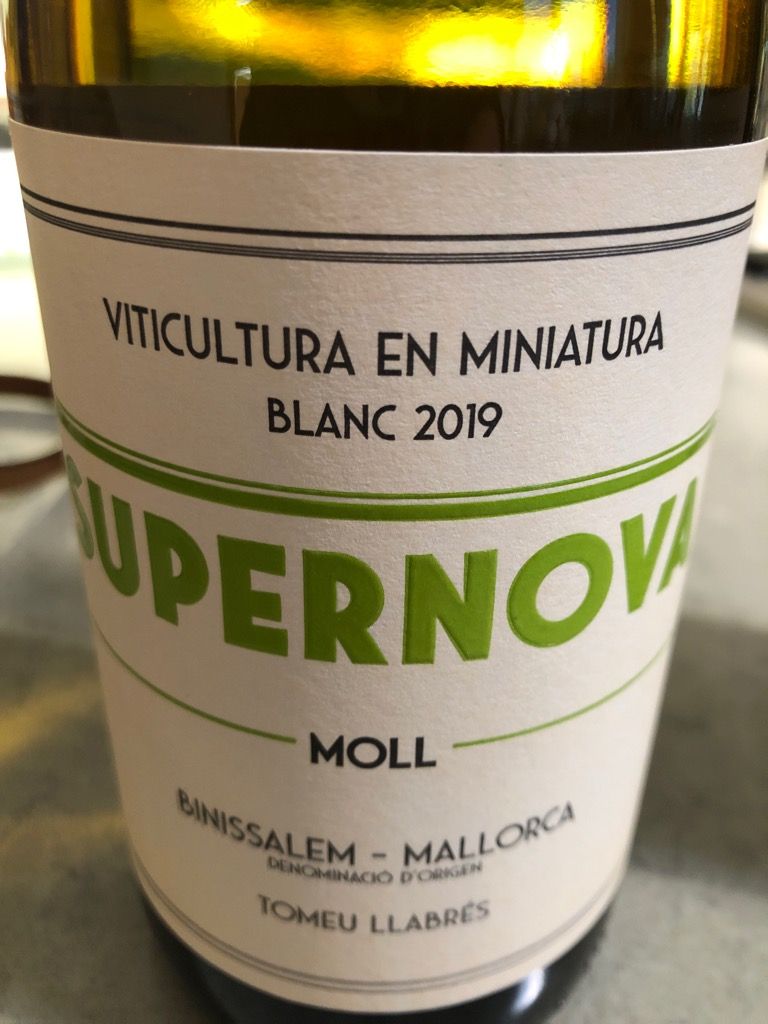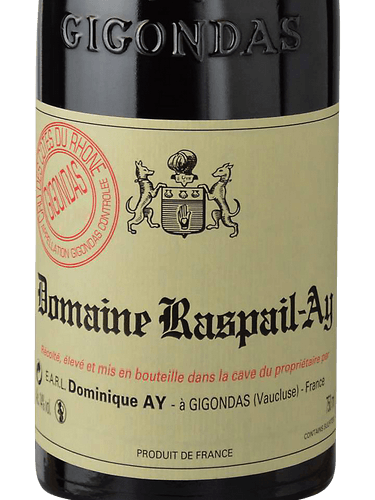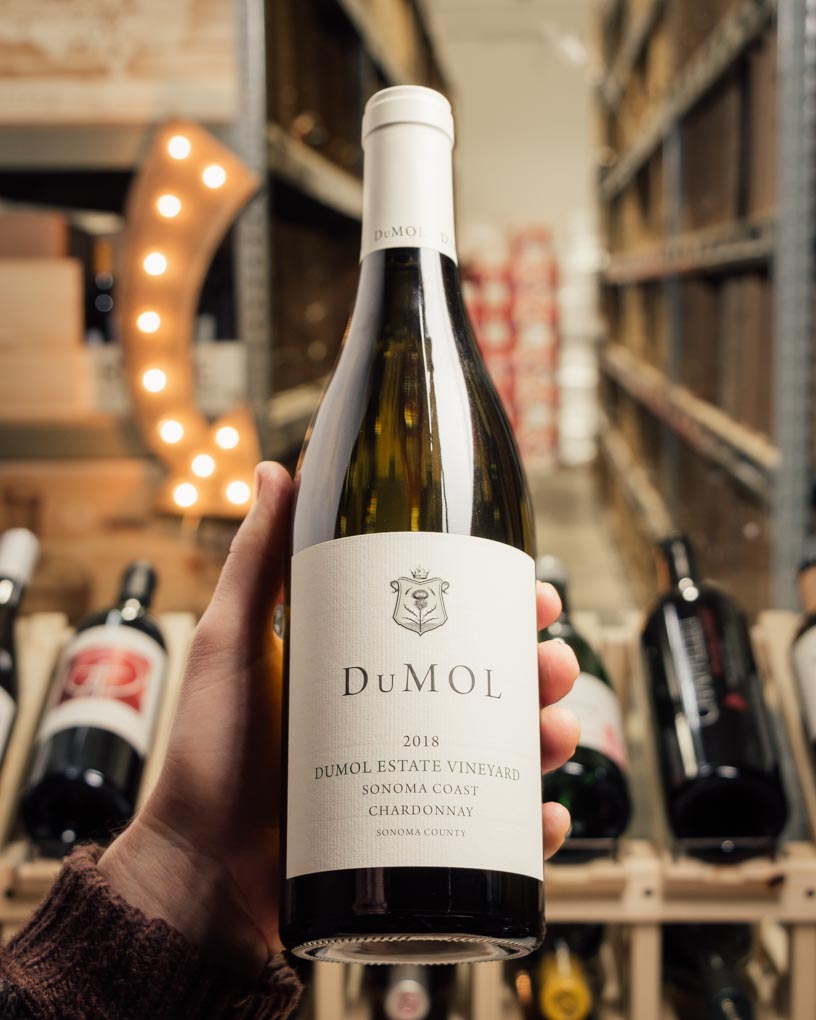For the wine snob: As the last ice age came to a close, the glacial dam holding back. Lake Missoula would periodically burst, releasing a 400-foot wall of water that tore across the Pacific Northwest. The cataclysmic floods devastated everything in their path and reshaped the landscape. But from this upheaval, new life was born. The floodwaters scoured soil and sediment from the land as they went , pooling and eddying through what is now the Columbia Valley, leaving a nutrient poor, but well drained soil. Pair that with Eastern Washington’s reliable sunshine and wide temperature swings, and you have near perfect conditions for growing grapes. Cataclysm pays homage to the forces that continue to shape and reshape the earth beneath our feet.
For the rest of us: 40% Malbec, 30% Merlot, 20% Cabernet Sauvignon, 5% Petit Verdot, 5% Syrah. Inspired by the bold brilliance of traditional Bordeaux blends, the Cataclysm Red Blend puts a little chaos in the mix with robust Syrah. Aromas of chocolate, fig, stewed cherries and blackberries mix with vanilla and cassis. Marionberry and blueberry envelop the palate with hints of the dusty soils of Eastern Washington. This is a deeply structured blend with a velvety mouthfeel that lingers with toasty oak and spice well after the last sip.

